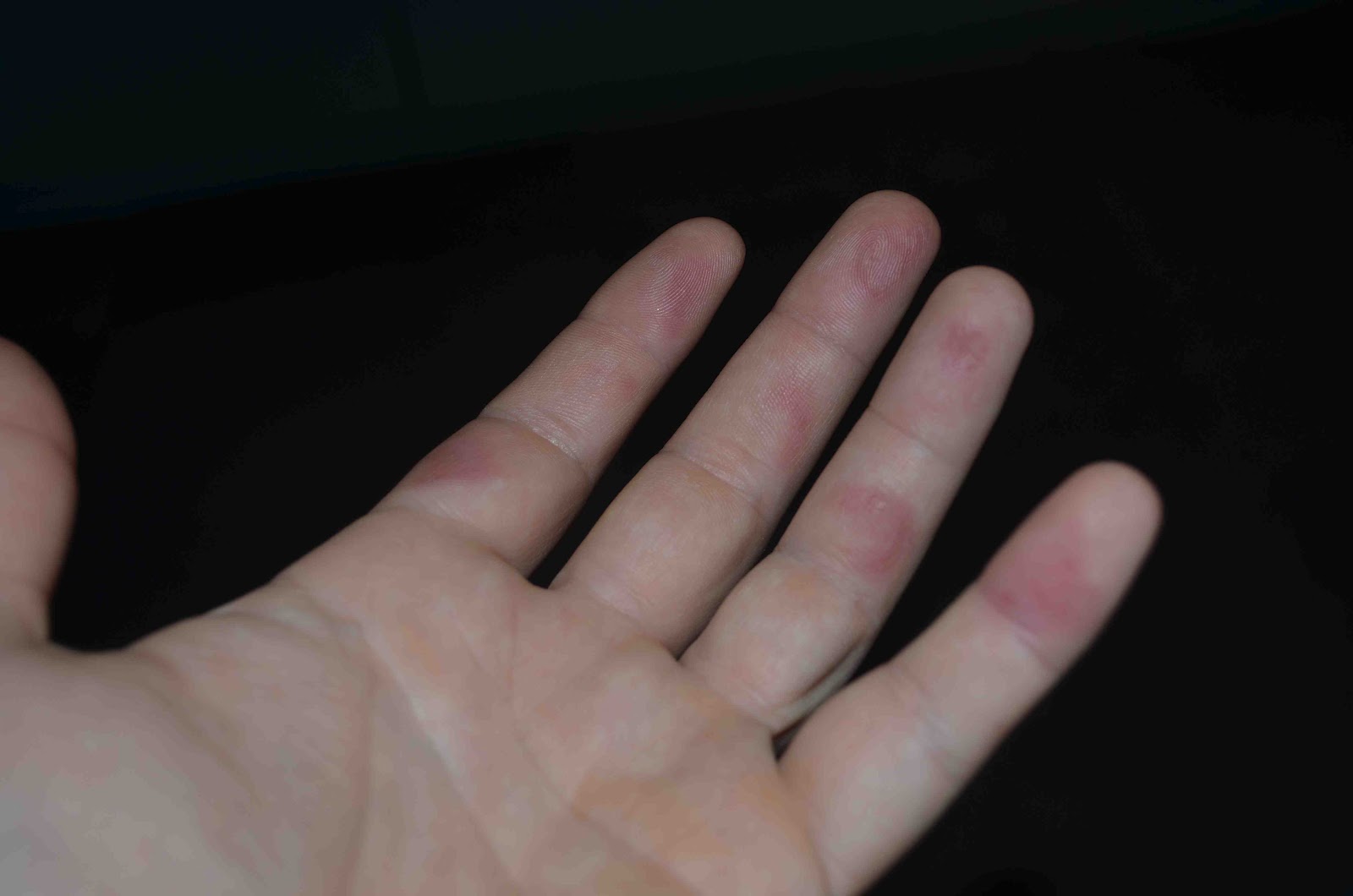Introduction to Frostnip Fingers
In the chilly depths of winter, when temperatures plummet and icy winds bite, frostnip becomes a real concern for those who venture outdoors. Frostnip is a mild form of frostbite, and while it doesn't cause permanent damage, it can be quite uncomfortable. Frostnip fingers specifically refer to the condition where the fingers are affected, becoming cold and numb. Understanding frostnip is crucial for preventing it and ensuring that your outdoor adventures remain safe and enjoyable. This guide will delve into what frostnip fingers are, how to prevent them, and what to do if you find yourself experiencing this condition.
What Are Frostnip Fingers?
Frostnip is the first stage of frostbite, a condition where skin and underlying tissues freeze due to exposure to cold temperatures. Frostnip fingers occur when the fingers are exposed to cold conditions for extended periods. The skin becomes cold, numb, and sometimes pale. Unlike frostbite, frostnip does not cause permanent tissue damage, but it serves as a warning sign that you're at risk for more severe cold-related injuries. The fingers are particularly susceptible to frostnip due to their exposure and distance from the body's core, making it harder for the body to keep them warm.
Recognizing the Symptoms of Frostnip Fingers
Recognizing frostnip in its early stages is crucial to prevent further damage. The initial symptoms include cold, red, and numb skin. As the exposure continues, the skin may turn pale or white, and you might feel a tingling sensation. Unlike frostbite, frostnip does not cause the skin to turn hard or charred, and the symptoms usually resolve with rewarming. However, if left unattended, frostnip can progress to frostbite, leading to more severe symptoms and potential tissue damage. Awareness and early intervention are key to managing frostnip effectively.
Preventing Frostnip Fingers
Prevention is always better than cure, and this holds true for frostnip. Dressing appropriately for cold weather is the first line of defense. Layering clothing helps trap heat, and wearing mittens or gloves protects the fingers. It's also important to keep your core warm, as this helps maintain circulation to the extremities. Avoiding tight clothing or jewelry that might restrict blood flow to the fingers is also crucial. When possible, take frequent breaks in warm areas to allow your body to recover and your fingers to regain warmth.
The Importance of Staying Active
Staying active is another effective strategy to prevent frostnip fingers. Movement helps maintain blood flow, which in turn keeps your fingers warm. Simple exercises such as wiggling your fingers, clenching and unclenching your fists, or swinging your arms can be effective. If you're outside for an extended period, take breaks to move around and stimulate circulation. Additionally, staying hydrated is important, as dehydration can impair circulation and exacerbate the effects of cold exposure.
Immediate Actions for Frostnip Fingers
If you suspect that you have frostnip fingers, the first step is to seek warmth immediately. Find a warm environment, and slowly rewarm your fingers. Avoid using direct heat sources such as hot water or heating pads, as they can cause burns. Instead, use your body heat or warm clothing to gently warm the affected area. Do not rub or massage the fingers, as this can damage the skin. As the fingers warm, you may experience pain or tingling, which is a normal response.
When to Seek Medical Attention
While frostnip is generally not serious, there are situations where medical attention is necessary. If the skin does not return to normal color after rewarming, or if you experience persistent pain, blisters, or swelling, it's essential to seek medical help. These symptoms may indicate frostbite, which requires professional treatment. Additionally, if you have underlying health conditions that affect circulation, such as diabetes or Raynaud's disease, you should be more cautious and seek advice from a healthcare provider if you experience frostnip symptoms.
Long-term Effects and Recovery
Recovery from frostnip is typically straightforward, with symptoms resolving after the affected area is rewarmed. However, repeated exposure to cold can increase sensitivity and susceptibility to cold injuries in the future. It's important to monitor your fingers after an episode of frostnip for any changes in sensation or color. Engaging in regular hand exercises and maintaining good circulation can aid in recovery and help prevent future episodes. If you notice any long-term changes, consult with a healthcare professional for advice.
Conclusion: Embracing Winter Safely
Frostnip fingers are a common yet preventable condition that can affect anyone exposed to cold temperatures. By understanding the signs and taking proactive measures, you can enjoy the winter months without worry. Dress appropriately, stay active, and be mindful of your body's signals. Remember, winter is a time for joy and adventure, and with the right precautions, you can embrace it safely. Whether you're skiing down a snowy slope or simply taking a stroll through a winter wonderland, being prepared ensures that your experiences are both memorable and safe.
You Might Also Like
Exploring The Timeless Legacy Of Elizabeth Taylor In 2024Exploring The Edo Period: A Journey Through Japan's Fascinating Past
Exploring "Is Canada" – A Comprehensive Guide For 2024
Understanding Math Logs: A Comprehensive Guide For 2024
Web Scraper: Mastering The Art Of Data Extraction In 2024
Article Recommendations
- Height Of Tori Kelly Unveiling The Facts
- Kat Timpfs Husband Meet Husbands Name
- The Untold Story Of Bevy Smith Her Twin Sister And More


